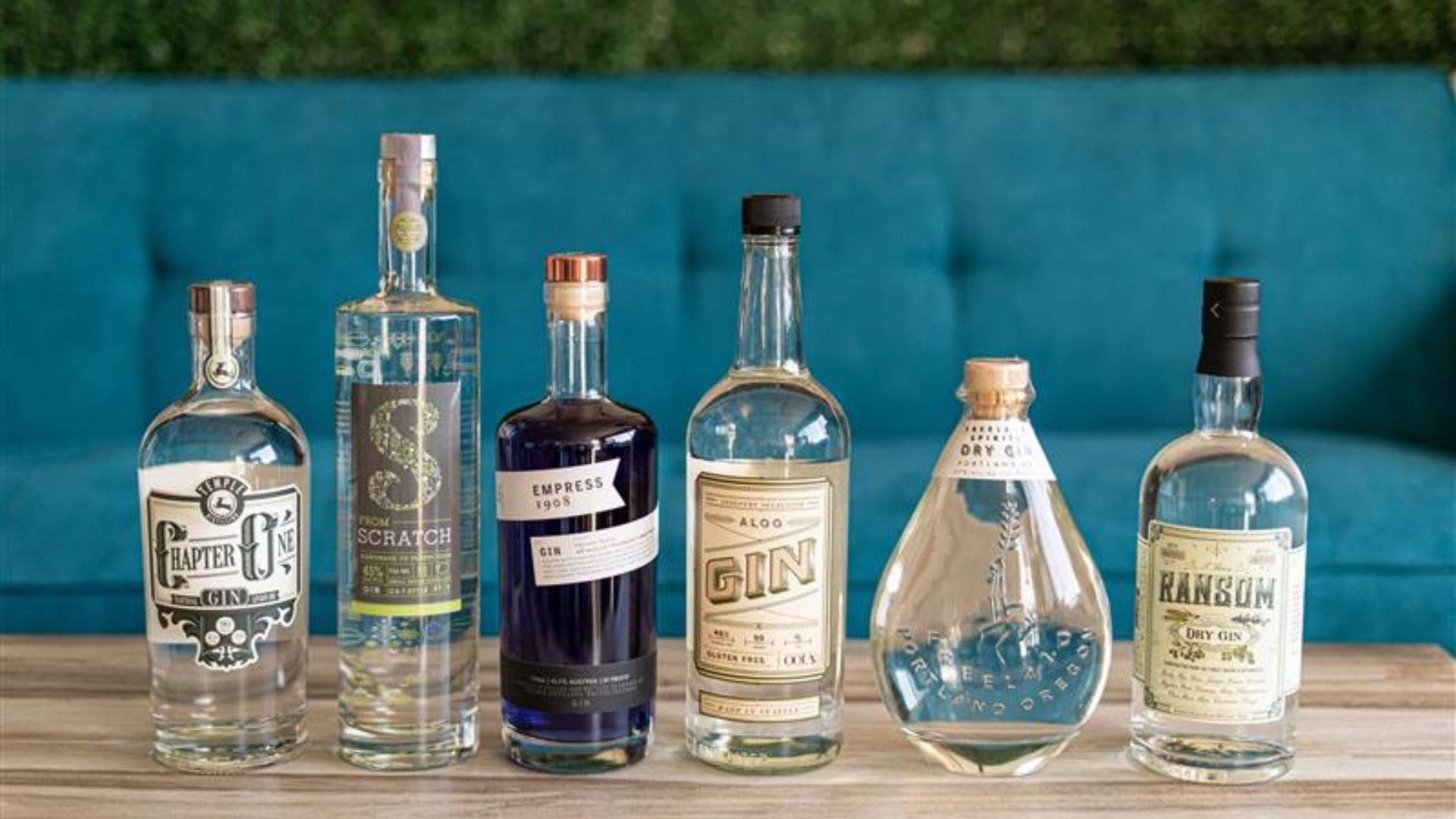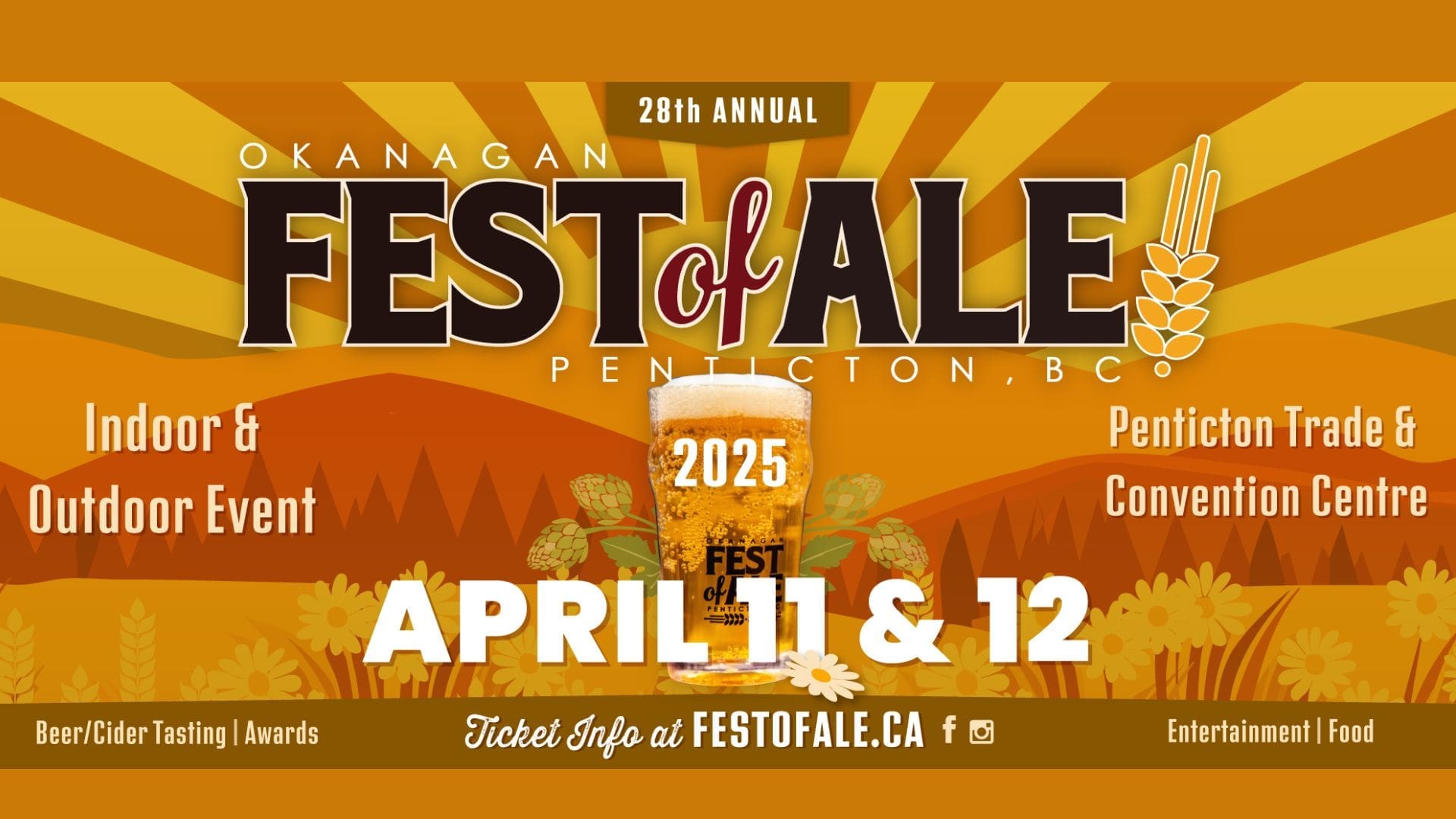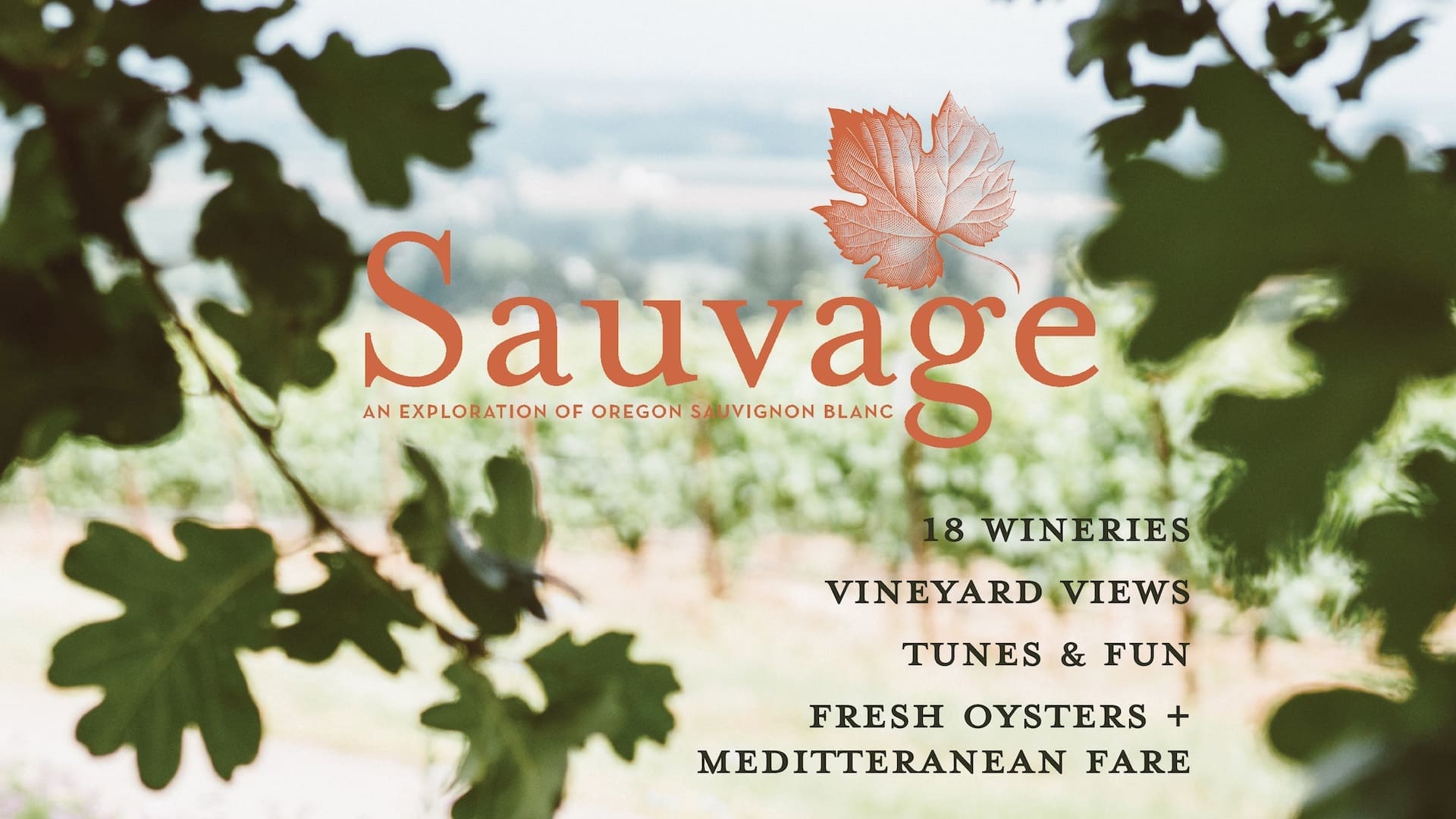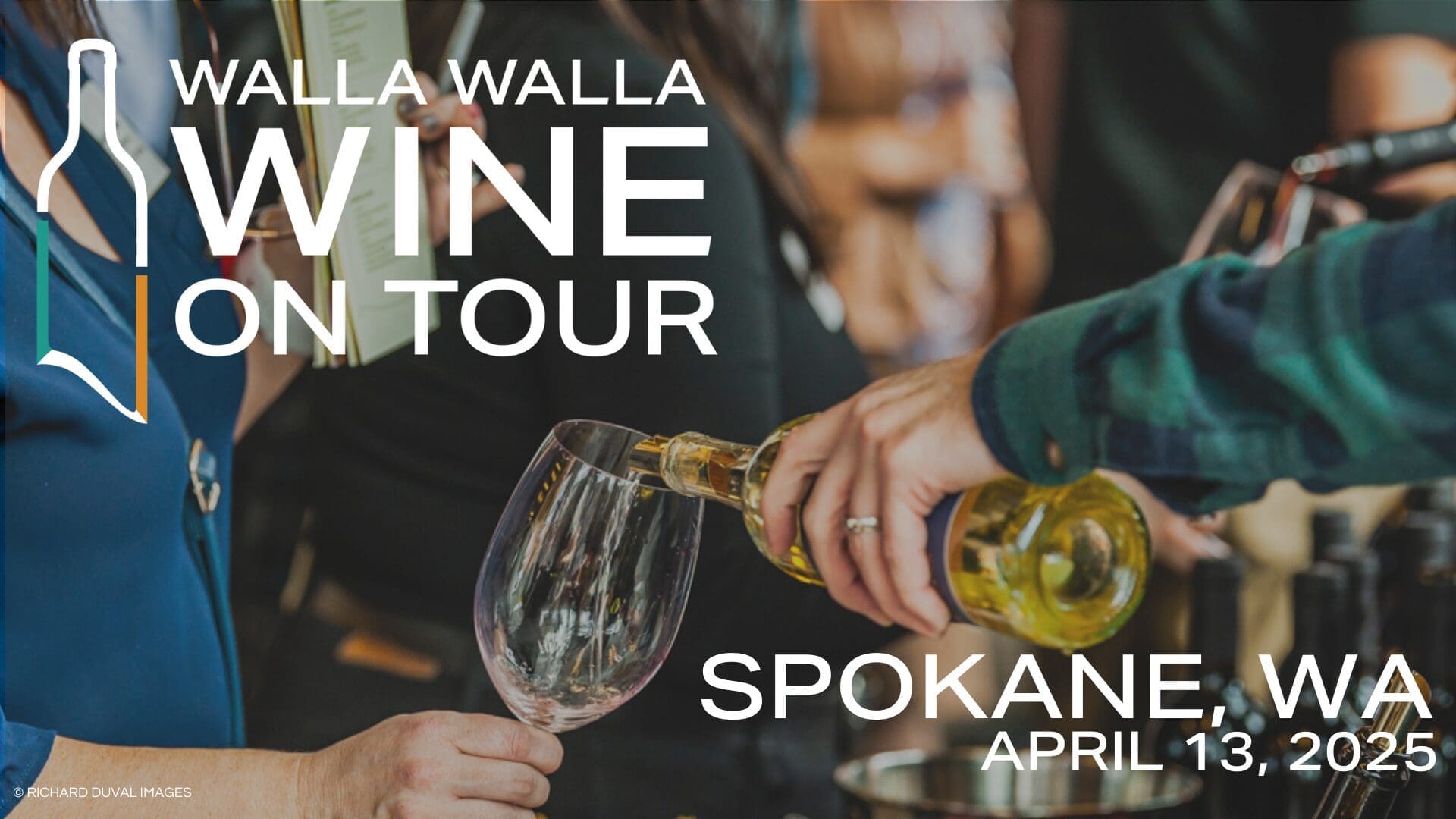The Puget Sound and Yakima Valley AVAs are about as different as different can be. With growing concerns about climate change, winegrowers in each region are adapting to current conditions and planning for the future.
Karen Krug, founder and winemaker at Spoiled Dog Winery on Whidbey Island, Washington, and Marissa Dineen, owner of Dineen Vineyards in Zillah, Washington, have long histories farming grapes and making wines. Both expressed concerns about rising temperatures and water availability. But they also have unique perspectives on those concerns, and how it might affect their businesses.
Sip: What climate-related changes are you experiencing in your location?
Karen Krug: The Puget Sound AVA (Western Washington) is the best location in the state to take advantage of climate change for grapes. It is significantly cooler than Eastern Washington during the summer months, hence the reason cooler climate grapes are grown here; particularly Pinot Noir, which our winery is known for. We are experiencing warmer growing season temperatures during the summers. 2022 was particularly beneficial because the timing of bloom coincided with higher-than-normal temperatures. This resulted in beautiful grape cluster development. With the warmer summer, the grapes developed [fully]. It was the best year we’ve had in almost 20 years growing Pinot Noir.
Marissa Dineen: The Yakima Valley AVA is semi-arid with hot, dry summers and cool, wet winters. One climate related change that we have observed is an increase in average temperatures. According to NOAA (the National Oceanic and Atmospheric Administration), the average temperature in the Yakima Valley has increased by 1.3 degrees Fahrenheit over the past century, which is consistent with global climate change. Additionally, the region has experienced more frequent and severe drought in recent years. This has led to water shortages for agriculture and increased the risk of wildfires in the region.
Sip: How have you adapted to or taken advantage of climate-related changes?
KK: One practice we are changing is our leaf thinning. In the past, with cooler temperatures, we typically clear the leaves almost completely from the grape-growing area of the vine to help warm the grapes and reduce powdery mildew. Now, with warmer temperatures we keep more leaves around the grapes to avoid sunburn and overheating the grapes.
MD: As a result of warmer temperatures, we take action to prevent sunburn on our grapes. We do this by training the canopy to provide dappled shade on the western side of the vines which are exposed to the hot, afternoon sun. A combination of trellis management, shoot thinning and leaf thinning helps us accomplish this. We use soil moisture sensors, weather stations and satellite imagery to determine the precise amount of water our different varietals and vineyard locations need to optimize our irrigation practices. Getting the right amount of water at the right time is key.
Sip: What are you considering to mitigate or take advantage of potential climate-related changes in the future?
KK: Since our location is cooler, we have fewer choices of grape varietals to grow. But as climate change increases the temperatures during the growing season, more varietals will be available to plant and thrive.
MD: Hotter summers, less water and wildfires are all concerning. We have mitigation strategies for these, but the research continues to evolve. We do our best to stay on top of this through active engagement with Washington State University as well as through the Washington Winegrowers Association.
KK: We’re also planning to look at modifying our spray programs and monitoring for grapevine pests. We currently have very few but expect them to increase with rising temperatures. Last, we’ll look at our cover crop to determine if we will need a more drought tolerant cover crop in the future.
MD: I’m also hopeful that research into smoke taint will provide us with more answers on how to adapt in the vineyard and the winery. We currently test for smoke compounds and the potential for smoke taint. There are processes available in the winery such as activated carbon or reverse osmosis that we could trial if necessary. In the meantime, crop insurance is a key tool that we can use to protect our business.
Sip: Any final thoughts?
KK: Oregon is our leading indicator for Pinot Noir grapes since it has been experiencing more significant climate change recently. Based on their experience, I expect we will be researching different types of Pinot Noir clones to grow that are more heat tolerant.
MD: I am not sure we can future-proof, but we are dedicated to learning and continuing to evolve as we need to. We may need to consider planting different varieties, harvesting at different times and also [consider] changes to how we make and enjoy wine. Styles may change as a result.
Interview edited for length and clarity purposes


















